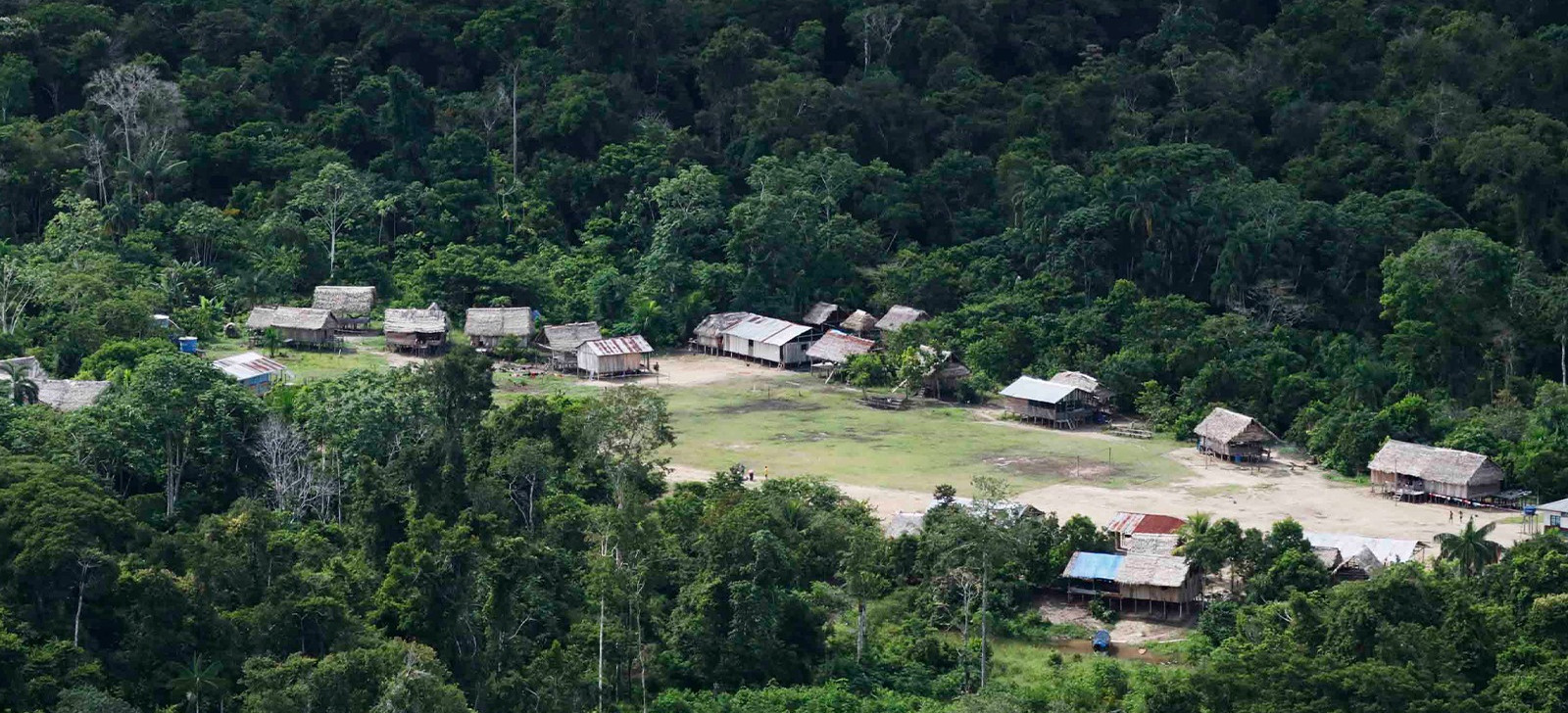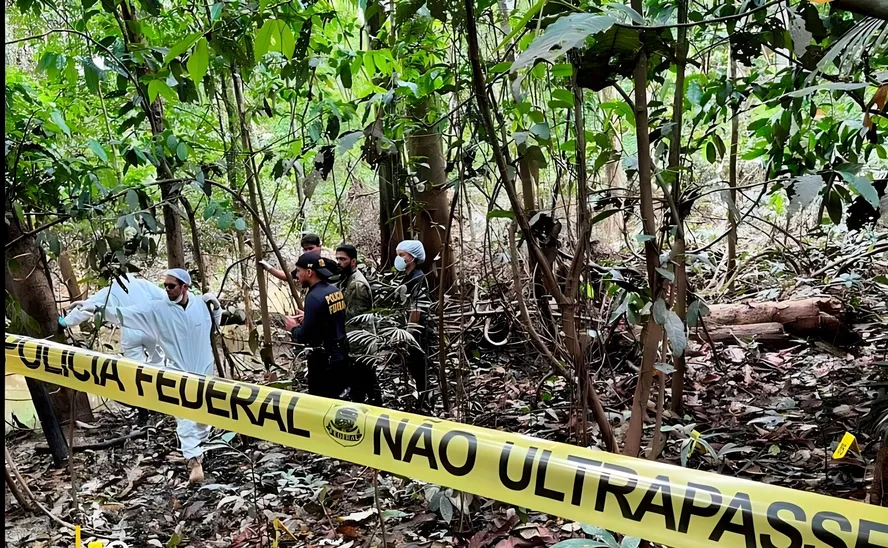Indigenous Union criticizes government measures to protect the Javari Valley
16 de June de 2025

By Lucas Thiago – From Cenarium
MANAUS (AM) – The Union of Indigenous Peoples of the Javari Valley (Univaja) criticized the effectiveness of the Territorial Protection Plan for the Javari Valley Indigenous Territory (PP-IT Vale do Javari), presented by the federal government in Tabatinga (AM), on Thursday, the 12th. In a statement to the press, the organization stated that the agreement made between the Ministry of Indigenous Peoples (MPI) and representatives of the territory in June 2023 was not fulfilled.
The organization also said that the plan does not meet the needs of the Vale do Javari IT, which covers 8.5 million hectares in Amazonas and is home to seven contacted peoples and the largest number of isolated Indigenous peoples on the planet. The Indigenous organization cited as an example the case of journalist Dom Phillips and Indigenous expert Bruno Pereira, murdered in June 2022 in the municipality of Atalaia do Norte (AM), where the Indigenous land is located.

According to Univaja, the model presented by the State does not follow the path built together with Indigenous communities and was modified by the Public Authority without properly listening to the involved population, which also includes the Amazonas municipalities of Benjamin Constant, Jutaí, and São Paulo de Olivença.
“The actions presented by the State help us, of course, but they do not meet the real needs of those who live in the JVIT. We were also not presented with a budget guarantee to ensure that the forces of the Army, the Navy, and the Federal Police, Funai, Ibama, and other institutions, remain constantly present in our area,” says the note.
The Univaja document also points to the dangerous coexistence with the triple border, with Colombia and Peru. In addition to frequent threats and attacks from illegal miners, loggers, fishermen, and hunters.
The Territorial Protection Plan is a continuous action aimed at ensuring the Indigenous peoples’ rights to full possession and exclusive use of the lands they traditionally occupy, in accordance with Article 231 of the Federal Constitution, and it is the Union’s responsibility to demarcate them, protect them, and enforce respect for all their property.
Protection Plan
The Ministry of Indigenous Peoples (MPI) released this Thursday, the 12th, in Tabatinga (AM), the 2nd Execution Report of the Territorial Protection Plan for the Javari Valley Indigenous Territory, in Amazonas. Between June 2023 and March 2025, 42 interagency operations were carried out, resulting in 211 inspection actions in the region.
According to the MPI, the actions resulted in the application of R$ 27 million in fines, the arrest of 97 people, the seizure or destruction of 157 dredgers, 55 barges, and 171 engines, in addition to the seizure of 1.5 kilos of gold, over 80,000 liters of fuel, 93 firearms, 73 cell phones, and 40 internet antennas.
Still according to the ministry, the Territorial Protection Plan aims to ensure the permanent possession and exclusive use by Indigenous peoples of the lands they traditionally occupy. The execution of the actions is coordinated by the MPI, through the National Secretariat of Indigenous Territorial Rights (Sedat), along with the Department of Isolated and Recently Contacted Indigenous Peoples (Depir) and the Department of Territorial Protection (Ddepro).

